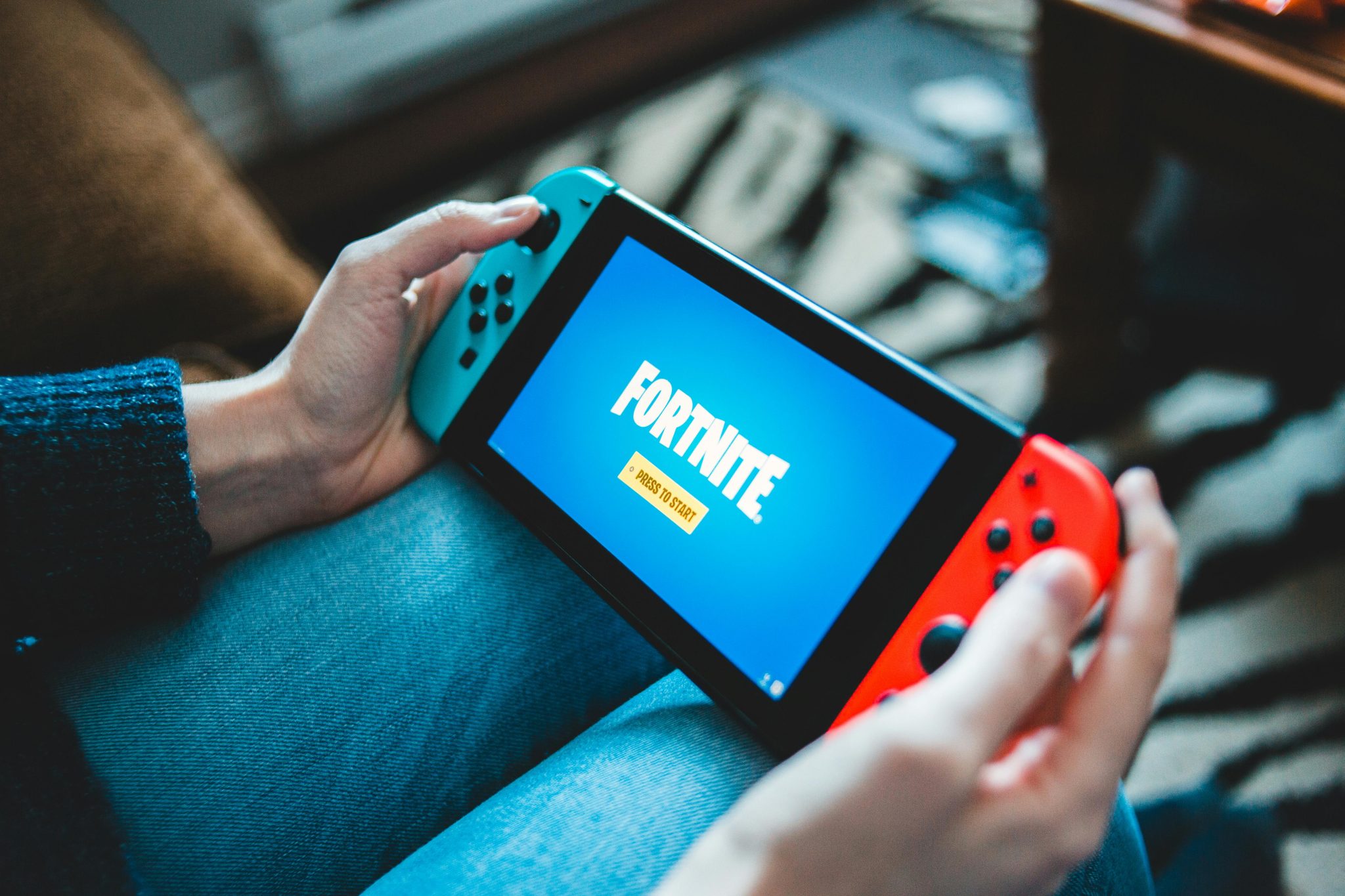The world of gaming has advanced significantly over the past seventy years. On October 18, 1958, the first video game in history was introduced to the public. Titled Tennis for Two, the game was developed by William Higinbotham at Brookhaven National Laboratory. Instead of being a fully commercial product, it functioned more like a social experiment and a technological showcase. Since then, the industry has come a long way, and even the most basic social casino app today is far more complex than Tennis for Two. However, at the time, it was outright revolutionary.
Tennis for Two was demonstrated during the lab’s annual visitors’ day, allowing two players to control digital paddles on a screen and play a game of digital tennis. This was a foundational piece of impressive technological work that awed and amazed all who saw it. The game captured the spirit of the time but was removed from the Brookhaven National Laboratory’s displays just a few years later. Despite its brief existence, Tennis for Two made a lasting impact, paving the way for the creation of the first widely released home video game, Pong, in 1972. Pong was a simpler, more commercialized version of the game that people could take home. This small change has transformed entertainment in so many ways over the years, starting the era of home and mobile gaming.
Today, in-app purchases (IAPs) have further transformed the mobile gaming landscape, enabling developers to sustain free-to-play models while delivering immersive, profitable gaming experiences. Whereas something like Pong or even more recent mobile games of the past decade would deliver an objective, largely unchanging experience for players, IAPs allow developers to inject more subjectivity and adaptability into these games. Now, the game can evolve with the player over the course of years, which has become the industry’s primary goal in recent years.
From Premium to Freemium: The Industry Shift

The early mobile gaming era was dominated by paid downloads. The freemium model, in which a base iteration of a game is made available for free, became the dominant model as user acquisition costs grew and competition increased. This allowed consumers to experience the game for themselves, get hooked, and then become inspired to make additional IAPs to enhance their gaming experience.
Games in the social casino genre exemplify the freemium model’s effectiveness: they are free to play yet highly monetizable. Of course, the largest freemium success in industry history has been Fortnite, a game that started as a free-to-download oddity but quickly developed into one of the most profitable video games of all time. The game has now dominated the sector for nearly a decade, thanks to its continued introduction of diverse elements via IAPs, and it demonstrates just how effective this approach can be.
Types of In-App Purchases That Drive Revenue
- Cosmetic upgrades (skins, themes) that personalize gameplay.
- Utility purchases like boosters, energy refills, or unlocks for faster progression.
- Subscription models that offer ongoing benefits are increasingly common in top-tier titles.
Player Psychology Behind Purchases
Many purchases stem from emotional triggers such as impatience, competitiveness, or a desire to express identity. Limited-time offers and scarcity tactics encourage immediate spending. Furthermore, the gamification of the store experience itself (such as daily deals or loyalty rewards) enhances revenue potential.
Further adding to all of this is the way the freemium model reframes games not as active investments but as digital social spaces. Online gaming has grown beyond mere entertainment, transforming into a platform for creating genuine, lasting communities.
Many of these social games are more than just games; they serve as spaces for people to make friends, collaborate, and even raise awareness of social causes. All of these factors make purchasing IAPs feel more like spending money when you’re out with friends in a social setting, rather than making extensive, isolated online purchases.
Monetization Without Compromising Experience

Ethical game design ensures IAPs enhance rather than hinder gameplay. In addition to regulations that lay out exacting guidelines for such practices, there is also an active, monetized incentive for developers not to overdo IAPs. Overreliance on pay-to-win models risks alienating the user base at a great cost. Recently, a prime example of this was the AAA game Suicide Squad: Kill the Justice League, which became one of the biggest flops of the year thanks to fans’ chafing at its garish integration of IAPs.
Developers are investing more in UX/UI for in-game shops to make them feel like an integrated feature rather than an interruption. These elements keep players coming back repeatedly, offering ongoing motivation to return not only to the game but also to the social hub that accompanies it. Given the recent focus on issues like the male loneliness epidemic, especially among younger males, this is a highly valuable aspect of these games since it encourages social interaction.
What’s Next for Mobile Monetization?
In the coming years, there is likely to be a surge in hybrid models that strategically mix ads, subscriptions, and IAPs. In tandem with this, blockchain elements and player-owned assets are likely to enter the monetization mix. As a result of all of this, regulation on spending limits and transparency will shape future monetization tactics. Games have come a long way since Tennis for Two all those years ago. Still, if the modern industry has demonstrated anything, it is that this sector will only continue to evolve exponentially in the coming years.




















